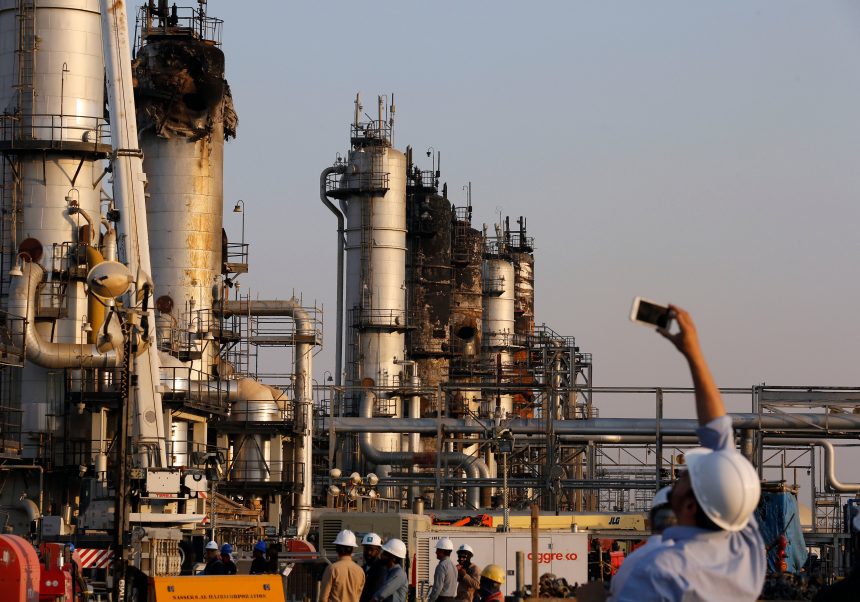Saudi Arabia and Russia on Tuesday deepened their oil supply cuts, announcing an agreement to continue scaling back production by 1 million barrels per day through the end of 2023.
The voluntary move will put crude output at about 9 million barrels a day and will be reviewed on a monthly basis, according to the state-owned Saudi Press Agency. Riyadh began scaling back output in July and has extended the production cut twice so far.
Oil prices jumped on Tuesday after the fresh supply curb.
THE US HOUSING MARKET MAY BE TRAPPED IN A PROLONGED FREEZE
West Texas Intermediate crude, the U.S. benchmark, climbed to more than $87 a barrel during late morning trading, the highest level since November 2022 when prices hit $92. Brent crude – the international benchmark – was up to about $88 a barrel, an 8.26% increase from the start of the year.
The spike in oil costs comes as consumers continue to grapple with already-steep gas prices.
INFLATION ROSE 3.2% IN JULY AS PRICES TICK HIGHER FOR FIRST TIME IN A YEAR
The average cost of a gallon of regular gasoline was about $3.81 on Tuesday, according to AAA – a historically high price for this time of the year. Although prices remain well below the record high of $5.01 notched in June 2022.
More expensive oil – and gasoline – threaten to exacerbate stubborn inflation that is still running about two times higher than the pre-pandemic average.

The cuts are likely to keep oil prices high in the upcoming months at a time when global demand for crude is reaching record highs – and set to expand further, despite mounting concern over China’s economic growth.
“Voluntary OPEC + cuts led by Saudi Arabia have kept oil markets undersupplied for the past four months,” said Solita Marcelli, UBS Global Wealth Management chief investment officer of Americas, adding: “So, while oil prices have rallied recently, oil markets look likely to remain in deficit for the upcoming months, and we still see scope for crude oil prices to rise further.”
The latest export cuts come in addition to existing supply reductions by the group of oil-producing nations known as OPEC+.
The group already had in place oil output cuts of about 3.66 million barrels per day when Saudi Arabia introduced the additional supply cut.
The White House has previously criticized the action, with President Biden vowing there “will be consequences” for Saudi Arabia.
Read the full article here




